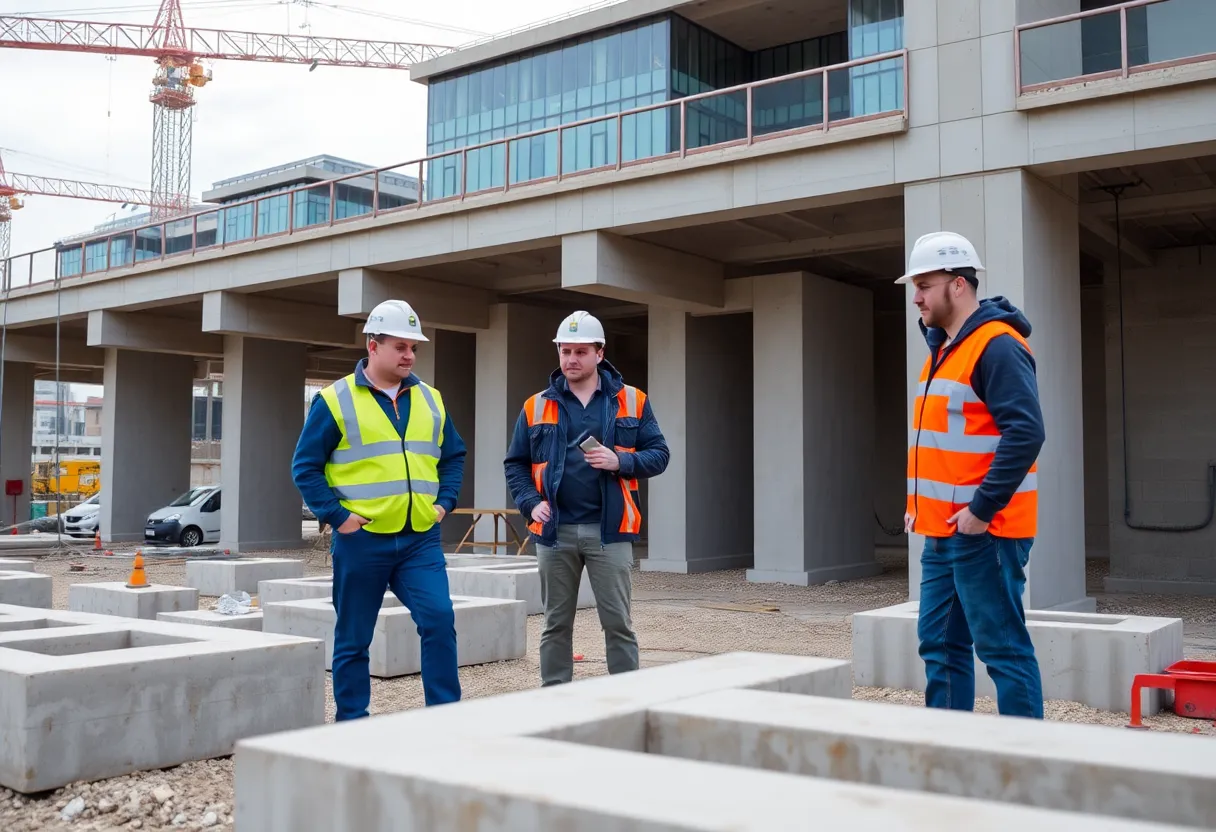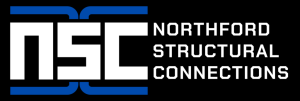The Role of Precast Connections in Modern Infrastructure
Introduction
Precast connections play an increasingly vital role in shaping modern infrastructure. These components are essential for ensuring structural integrity and durability in various types of construction. Given the growing need for efficient building methods, precast concrete systems are becoming a mainstream choice among engineers and architects. This article provides an overview of precast connections, their applications, advantages, and the impact they have on today’s infrastructural developments.
What are Precast Connections?
Precast connections refer to elements of concrete, manufactured in a controlled environment, that are transported to the site for assembly. These connections facilitate the joining of precast concrete components, enabling them to perform as a cohesive structural unit. They can take various forms, including block connections, bolted joints, and welded connections.
Types of Precast Connections
Different types of precast connections exist to suit various architectural and structural requirements. Key types include:
- Mechanical Connections: These involve the use of bolts and plates, which allow for easy assembly and disassembly.
- Shear Key Connections: Designed to resist lateral forces, these connections enhance stability in seismic regions.
- Grouted Connections: This method involves filling joints with a grout material, often enhancing load transfer between sections.
Applications of Precast Connections in Infrastructure
Precast connections are employed in various infrastructure projects, each with its set of requirements and challenges. They are commonly found in:
Bridges
In bridge construction, precast connections are used to join precast girders. Their precast nature allows for rapid assembly, minimizing disruption to traffic flow. Additionally, they are effective in enhancing the longevity of bridges by ensuring consistent quality and performance.
Buildings
Modern high-rise buildings often utilize precast concrete systems. The connections between precast panels facilitate quick assembly, reducing construction time significantly. This efficiency translates into lower labor costs and faster project delivery.
Pavements and Roads
Precast connections are gaining traction in road construction as well. Precast segments for roadways can be manufactured off-site and rapidly installed, enhancing safety by minimizing on-site work duration. This is crucial in high-traffic areas where time is of the essence.
Advantages of Precast Connections
The use of precast connections offers several significant benefits. Here are some of the primary advantages:
Quality Control
Precast components are manufactured in controlled factory environments, ensuring higher quality and consistency in materials. This quality control is vital for maintaining structural integrity across projects.
Speed of Construction
With precast systems, assembly can occur off-site simultaneously with site preparation. This parallel approach considerably reduces the overall project timeline.
Cost Efficiency
Though the initial investment in precast components can be higher, the long-term savings in labor and time often lead to lower overall project costs. Additionally, decreased site disruption can lead to further financial benefits.
Reduced Site Labor
Precast construction reduces the number of workers required on-site. With most work occurring in the factory, there is less overall exposure to site hazards, improving safety for laborers.
Enhancing Structural Integrity
One of the foremost advantages of using precast connections is their contribution to the overall structural integrity of a construction project. This is achieved through:
Uniform Load Distribution
Precast connections are designed to provide uniform load distribution across the structural elements. This feature minimizes stress concentrations, crucial for maintaining the lifespan of infrastructure.
Seismic Performance
In areas prone to earthquakes, precast connections can be engineered to accommodate lateral forces effectively. Specialized designs, such as shear keys or bolted connections, can provide enhanced seismic performance.
Design Considerations for Precast Connections
While precast connections provide many benefits, careful design and engineering are essential for their successful integration into projects. Considerations include:
Connection Details
The design of the connections must account for various load types, including vertical, lateral, and thermal loads. Accurate detailing can prevent issues related to misalignment and insufficient load transfer.
Fabrication Tolerances
Manufacturing tolerances must be tightly controlled to ensure proper fit at assembly. Any discrepancies can lead to structural weaknesses and increased stresses.
Material Selection
Choosing the right materials for precast connections is critical. Factors such as durability, weather resistance, and load-bearing capabilities must be considered to ensure the long-term success of the structure.
Case Studies Highlighting Precast Connections
Several notable projects have successfully utilized precast connections to achieve superior construction outcomes. These case studies illustrate the potential of these systems:
Case Study: The San Francisco-Oakland Bay Bridge
The Bay Bridge project employed advanced precast connections to enhance seismic resilience. The innovative use of precast components and the connection techniques employed contributed to a bridge able to withstand significant seismic events.
Case Study: The London Crossrail Project
In London, the Crossrail project showcased the efficiency of precast connections. By utilizing precast segments for tunnels and above-ground structures, the project achieved rapid construction timelines while ensuring durable performance.
Challenges and Future Directions
Despite the advantages, precast connections come with certain challenges that the industry must address:
Transportation Limits
The size and weight of precast components can complicate transportation logistics. Specialized trucks and routes may be required, adding to delivery costs and complexity.
Design Flexibility
Precast connections may limit design flexibility. Architectural forms requiring intricate shapes or non-standard connections can face challenges when using standardized precast elements.
Technological Advancements
Advancements in technology, like 3D printing and improved manufacturing techniques, could enhance the future of precast connections. These innovations may provide new possibilities for customizing precast elements.
Conclusion
Precast connections are reshaping modern infrastructure positively. Their numerous advantages—from enhanced structural integrity to economic efficiency—underscore their growing appeal. As industries continue to face the challenges of urbanization, environmental concerns, and time constraints, the use of precast connections will undoubtedly increase in relevance. The future of infrastructure depends on fostering innovations that enhance these systems, ensuring they meet evolving demands.
Author: STAFF HERE CHARLESTON
The CHARLESTON STAFF WRITER represents the experienced team at HEREcharleston.com, your go-to source for actionable local news and information in Charleston, Charleston County, and beyond. Specializing in "news you can use," we cover essential topics like product reviews for personal and business needs, local business directories, politics, real estate trends, neighborhood insights, and state news affecting the area—with deep expertise drawn from years of dedicated reporting and strong community input, including local press releases and business updates. We deliver top reporting on high-value events such as the Spoleto Festival USA, Charleston Wine + Food Festival, and the MOJA Festival. Our coverage extends to key organizations like the Charleston Metro Chamber of Commerce and the Charleston Museum, plus leading businesses in tourism and maritime industries that power the local economy such as South Carolina Ports Authority and the Charleston Visitor Center. As part of the broader HERE network, including HEREaiken.com, HEREbeaufort.com, HEREchapin.com, HEREcharleston.com, HEREclinton.com, HEREcolumbia.com, HEREgeorgetown.com, HEREgreenwood.com, HEREgreenville.com, HEREhiltonhead.com, HEREirmo.com, HEREmyrtlebeach.com, HEREnewberry.com, HERErockhill.com, HEREspartanburg.com, HEREaustin.com, HEREcollegestation.com, HEREdallas.com, HEREhouston.com, and HEREsanantonio.com, we provide comprehensive, credible insights into South Carolina's dynamic landscape.







